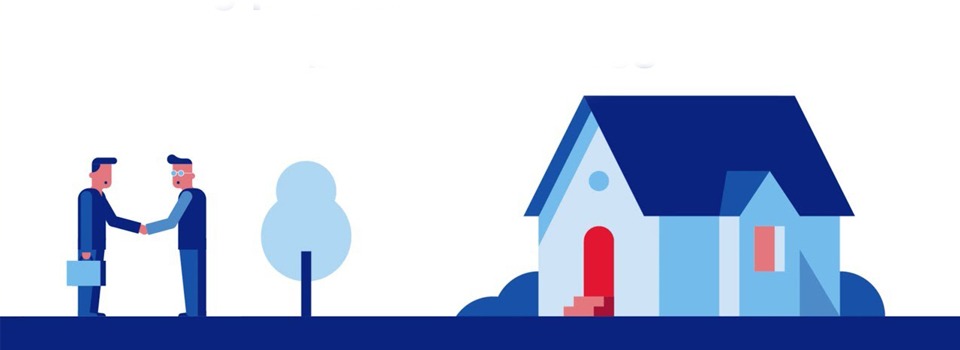Canada is made up of hundreds of thousands of people, and while some did not start here, they have made it their home. Buying a home, especially when you are new to Canada can be mind boggling, BUT, we have a mortgage for you!
The New to Canada Program is designed to help new Canadians purchase their first home sooner and become established faster.
What are the qualifications for this program?
Firstly, you must have immigrated or relocated to Canada within the last 3 to 5 years to qualify for the New to Canada Program. You must have proof that you have been working full time in Canada for at least 3 months and that you are not on probation with your employer. The lender will require a letter of employment from your employer with your salary and employment status. Copies of your valid work permit or landed immigrant status card (front and back) will also be a requirement.
Down payment is a minimum of 5% and must come from your own savings and be verifiable with 3 months worth of bank statements from a Canadian Bank. Some lenders will allow the 5% to be a gift from an immediate family member and a gift letter from the lender will be required. Please speak to your broker in advance when a gift is being used. That way we can provide you with information for monies coming from other countries and ensuring you are following all the banking rules and regulations. With a minimum of 5% down payment you will need default insurance, and that can be provided by Canada Guaranty, Genworth or CMHC (Canada Mortgage and Housing). Each of these insurers offer programs that will work with the lender.
The lender will need to see your credit bureau and, as you are new to Canada, you may be just starting so we will require an international credit report from your country of origin. Just starting up your credit, we can assist you with that by providing valuable information to get you ready for the road to home ownership. You can obtain an International or U.S. Bureau by contacting Equifax and they will point you in the right direction. Your international credit report is taken into consideration by the lender as it will show that you are a responsible borrower and have kept your accounts in good standing. We would advise that a letter of recommendation from your current bank be done as that is also very helpful in the process. If you cannot provide an international credit bureau, the lender will ask you for to confirm your good standing by providing 12 months history of bills that must be paid on time (rent, utilities, cable or insurance premiums).
Working with your Dominion Lending Centres Mortgage Professional will provide you with options and answers to your questions. Our advice is always free, we are here to help you make home ownership a reality.
Remember, when looking for your home, use a professional to assist with not just financing but the search as well. Realtors are great negotiators and can also help you determine your requirements in a home, “needs vs wants”. Do you need to be close to schools, public transportation, etc?
This process can take some time but again, that is why you have a DLC broker at your fingertips!
By the way, welcome to Canada!







